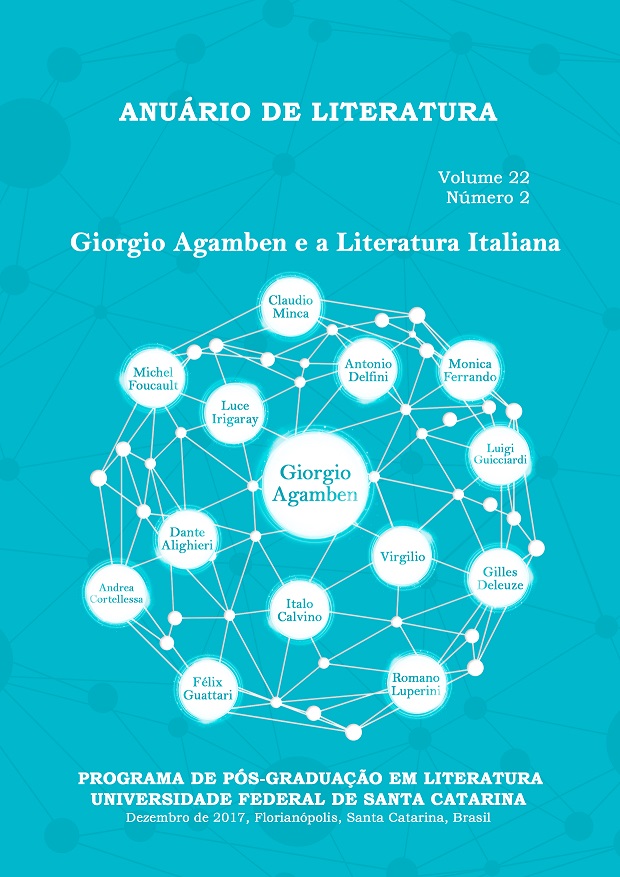Relativizing the identities: Vitor Ramil and the aesthetic of the cold
DOI:
https://doi.org/10.5007/2175-7917.2017v22n2p136Abstract
This article presents the questions raised in the essay A estética do frio (The aesthetics of the cold) (2004), written and published by the musician and composer from Rio Grande do Sul, Vitor Ramil. In the essay, the author exposes some cultural differences existing in Brazil, showing that southern cultural production has more affinity with neighboring countries, Uruguay and Argentina, than with other Brazilian regions. For Ramil, this happens due a symbolic division of the country between hot Brazil and cold Brazil, in which cultural products that are not related to the representation of a warm and tropical aesthetic tend to be restricted to regional consumption. In parallel, throughout the text, we seek to analyze how this cold aesthetic defended by Ramil is dependent of the hot aesthetic to exist as a cultural representation. Although there are divergences and contrasts (of climate, landscape, territory, identity), this apparent antagonism is complementary regarding of the construction of artistic identity for the pampas musicians, functioning as a game of mirrors among the actors involved.
Downloads
Published
How to Cite
Issue
Section
License
This journal provides open access to all of it content on the principle that making research freely available to the public supports a greater global exchange of knowledge. Such access is associated with increased readership and increased citation of an author's work. For more information on this approach, see the Public Knowledge Project, which has designed this system to improve the scholarly and public quality of research, and which freely distributes the journal system as well as other software to support the open access publishing of scholarly resources. The names and email addresses entered in this journal site will be used exclusively for the stated purposes of this journal and will not be made available for any other purpose or to any other party.

Este trabalho está licenciado com uma Licença Creative Commons - Atribuição 4.0 Internacional.


